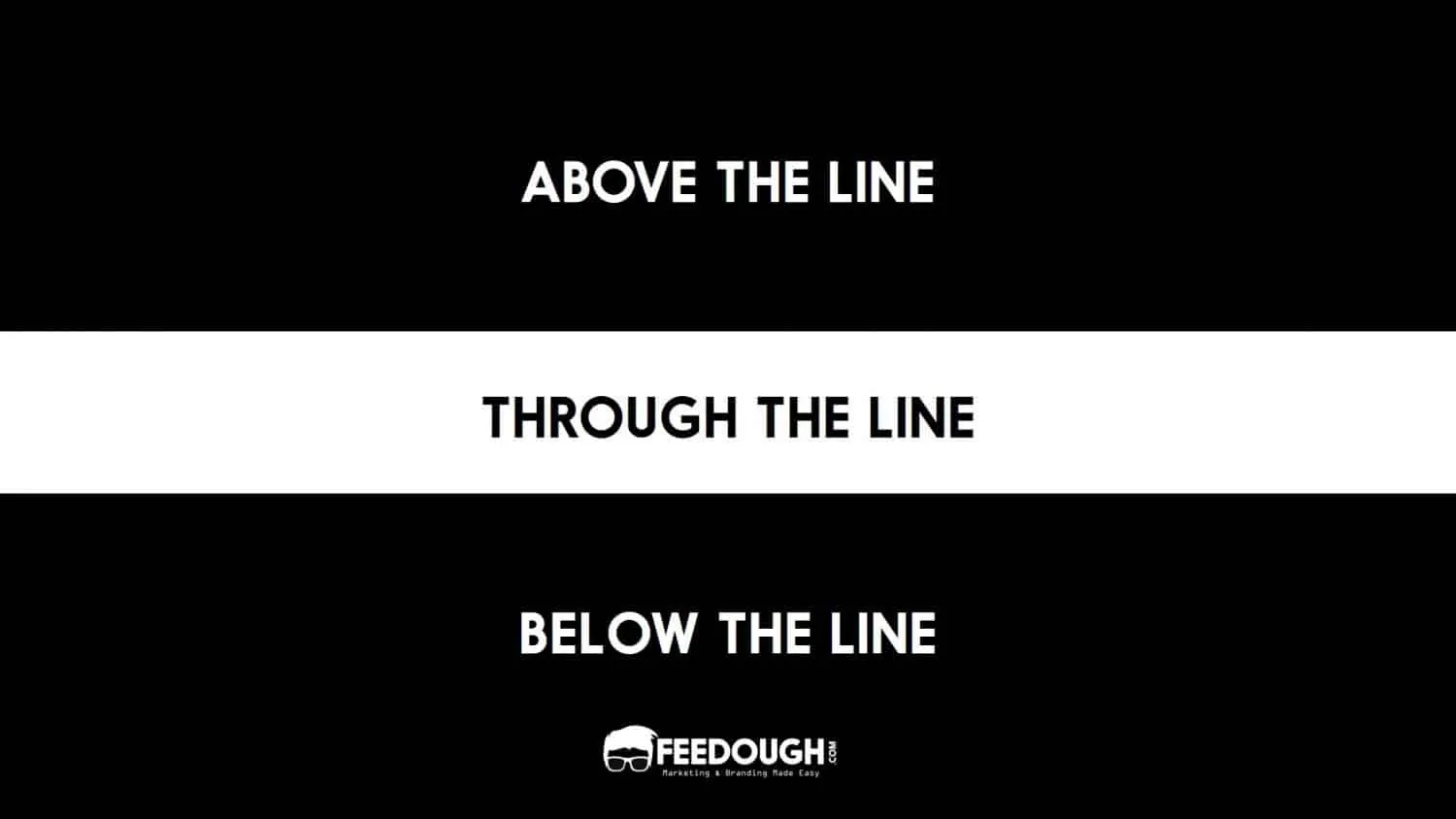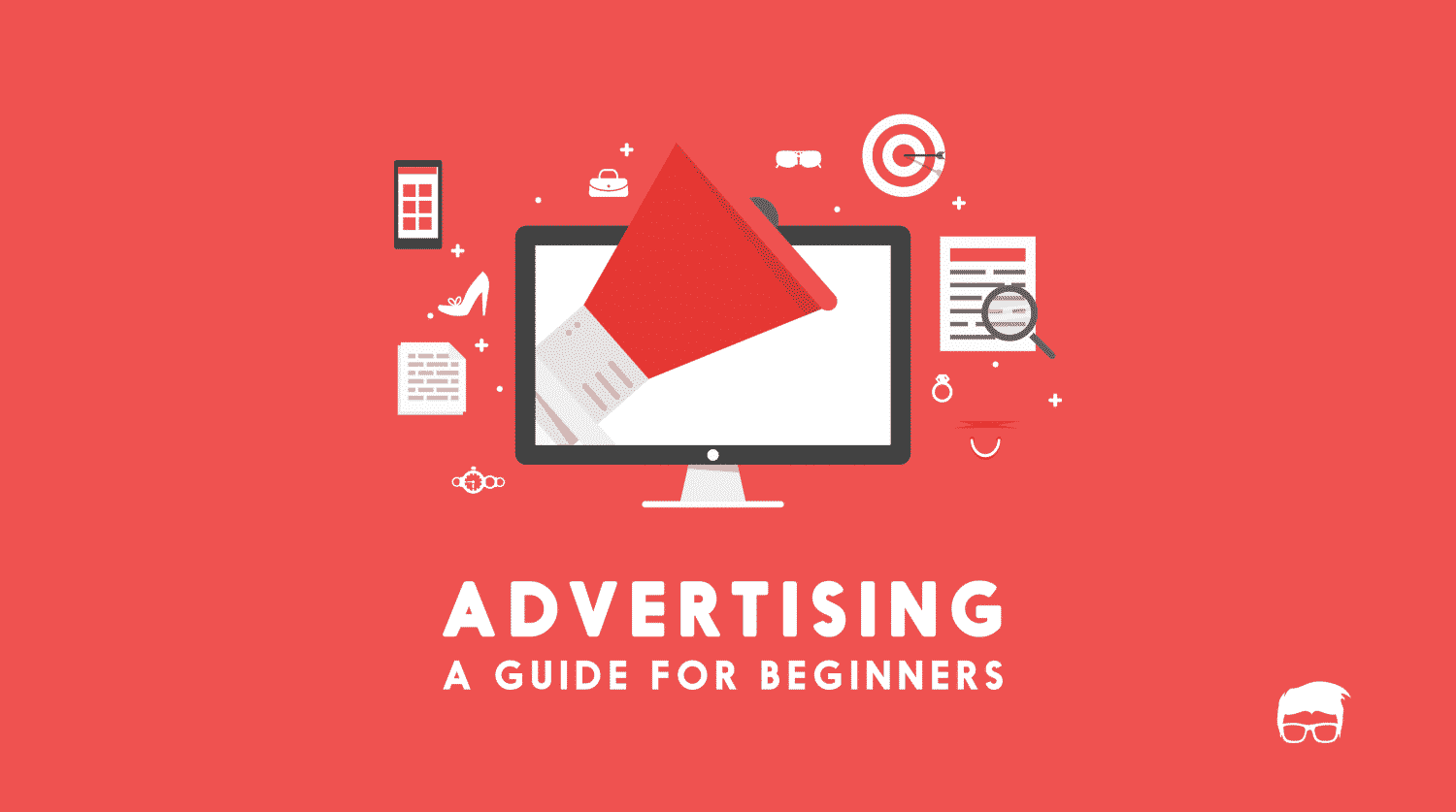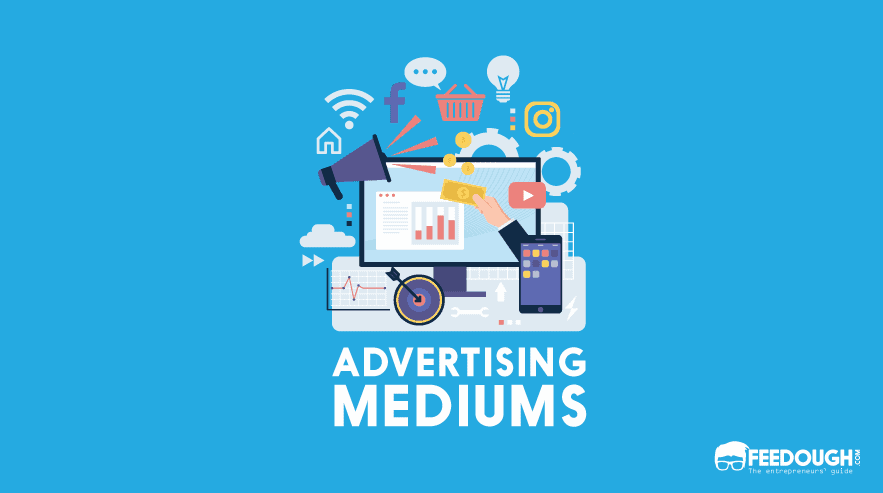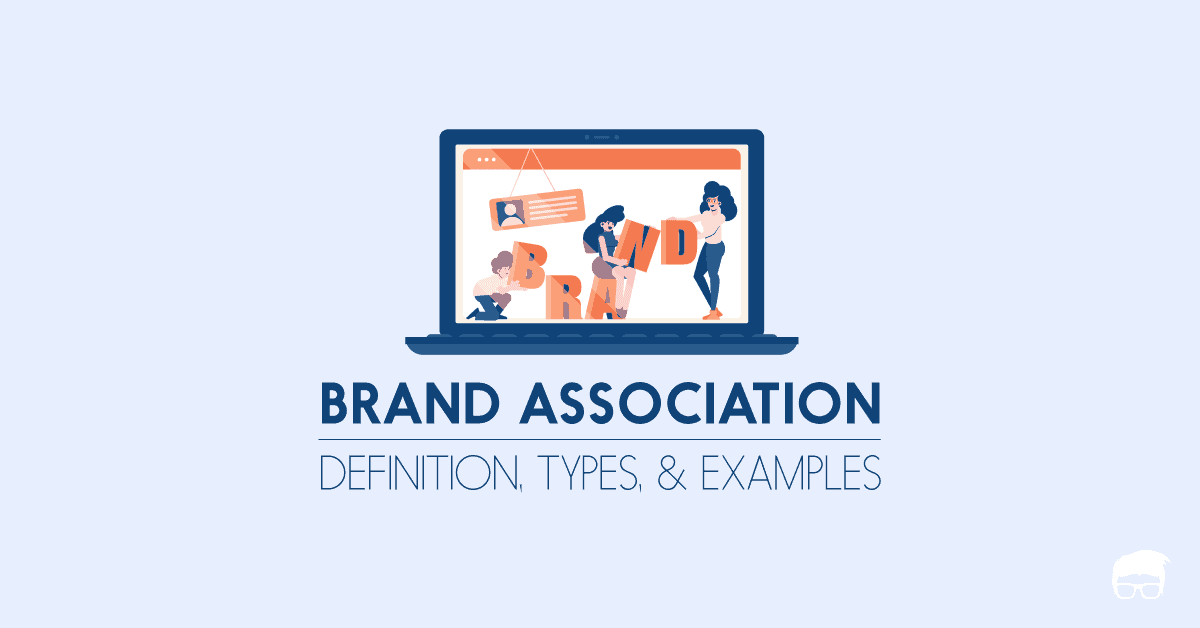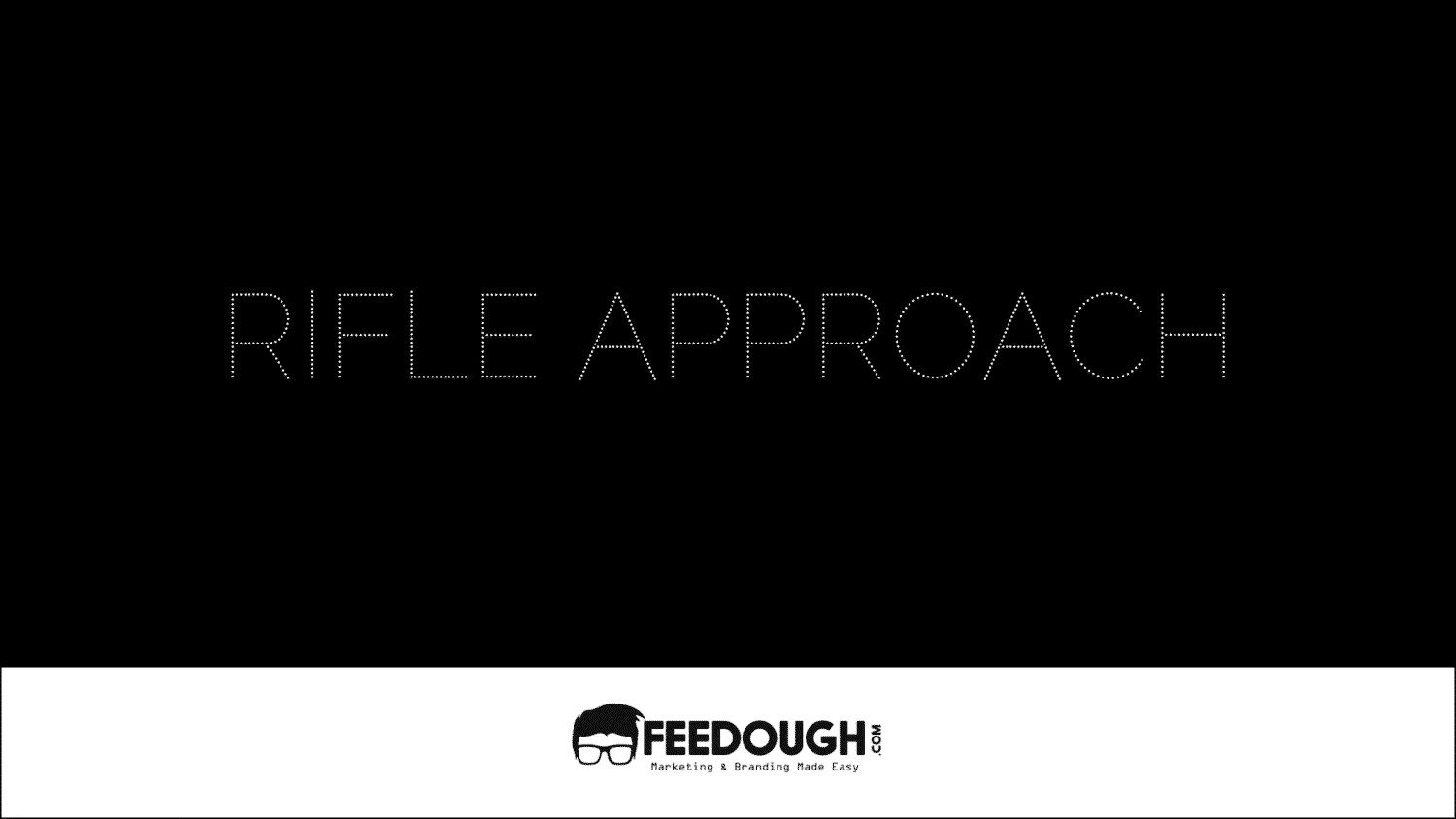An average human is exposed to around 5000 ads every day. When every brand boasts about how perfect it is, it becomes hard for customers to compare them and choose the best. It is the reason why marketers use comparative advertising to make the customers’ jobs easier.
The brand compares their offering with competitors’ and tries to convince why they are better than others.
While this marketing strategy helps the brand get a better position in the market, this strategy proves to be a great help to the customers as well.
What Is Comparative Advertising?
Comparative advertising is an advertising strategy brands use to advertise their offerings, comparing them with the competitors’, and making theirs look better.
It may involve a direct or indirect comparison of products of two or more parties which can be both negative and positive. That is, this advertising strategy can either make the brand’s offering look superior, or the competitor’s offering look inferior. For example, a restaurant chain can advertise its offering by comparing it with its competitor using either these messages –
- “Now eat without guilt. Our burger has 80% less calories than McDonald’s.” This message showcases the brand’s offering to be superior.
- “Still eating junk? McDonald’s burger has 80% more calories than our burger. Try us, have a guilt-free diet.” This message highlights the brand’s offering by making McDonald’s offering inferior.
In simple terms, a comparative ad:
- Advertises: The ad presents the company’s product or service to the market.
- Compares: It compares the offerings based on features and attributes. At least one feature is mentioned which claims the offering to be superior to others.
- Justifies: Test results and statistics are used to justify the competitive advantage and back up claims
Other than increasing sales, the goal of a comparative ad is to communicate the value of the offering to the customers.
Moreover, for a comparative advertising strategy to work, the other party should be a strong competitor or the market leader in the industry.
DHL, one of the most popular courier and package delivery services, has two main competitors – FedEx and UPS. FedEx almost entirely depends on their iconic white trucks and uses them for experiments with their ads. To which DHL responded by transforming its banner into an attempt to mock its competitors. They want everyone to know that they are the best in the market.

Comparative ads can be digital, print, videos, images, or in any other form. With the increased popularity of social media platforms, businesses see it as an opportunity to reach huge masses and gain exposure. They circulate ads online using Facebook Ads, Google Ads, posts on Twitter, Instagram and capitalise on likes, follows, shares, comments, and tweets.
Purpose Of Comparative Advertising
Comparative advertising serves three core purposes. These are:
- It significantly increases perceived brand leader-challenger similarity. That is, it makes the customer think that the challenger brand is a close substitute of the leading brand, which is usually compared with.
- It provides the customers with a point of reference to compare the value of the compared brands.
- It establishes the unique selling proposition of the brand using perception-related dependent variables.
Now, comparative advertising is often confused with competitive advertising. They are similar but not the same.
Comparative Vs Competitive Advertising
In comparative advertising, a specific product is presented to be superior to others. The brand may or may not explicitly mention the rival party. Either way, the customer can easily identify the other brand based on the product features mentioned. It compares brands using attributes like quality, finesse, price, or target audience.
On the other hand, competitive advertising focuses on brand building. Instead of comparing the offering with others, it emphasises how the brand, as a whole, is better than all other players in the market. Comparative advertisement, when used as a tool along with reminders and reinforcement, becomes competitive advertising.
Chick-fil-A and Popeyes are among the largest fast-food restaurant chains in the USA that specialise in fast food.
While Chick-fil-A uses competitive advertising to boast about its chicken sandwiches, Popeyes choose the comparative advertising strategy to get the spotlight.

Chick-fil-A chooses to keep the outlets closed on a Sunday while Popeyes takes advantage of the situation and keeps the outlet open throughout the week. The brand advertises this to remind the public that they are open on Sundays by directly comparing themselves with Chick-fil-A.
Examples Of Comparative Advertising
A customer has several options to choose from before buying a product. But they choose the one which appears to be the best and appeals to them the most. Some brands light-heartedly mock others through ads and create a lasting impression, while others start a big brand war. Here are some examples of both types of comparative advertising.
Samsung vs Apple
It is one of the leading smartphone brands globally, with Apple being its major rival in the market. Samsung often mocks Apple through its ads and posts intending to sway the buyers into buying their products.
When Galaxy II was launched, Samsung released an ad where people anxiously await a new iPhone to be launched. But they are stopped in their tracks as they witness the Samsung device with 4G network and marvelous screen size. The other brand was not explicitly stated to be Apple, but it was easily inferred.
The other time, when Apple removed the charging adapter with the iPhone12, Samsung went on to emphasise the fact that it included a charger with the Galaxy phones.

Pepsi vs Coca Cola
The two brands constantly compete for market dominance in the soft drinks industry and have managed to launch powerful campaigns.
In 2013, during the Halloween season, Pepsi released an ad to mock Coca-cola and attract attention towards it. It had a Pepsi can draped in a red cape of Coca-cola. The ad implied that buyers might buy a Coke but what they really want is a Pepsi. This ad went viral on social media in only a week.
Pepsi explicitly mentions the rivals in its ads which sometimes leads to banning the ads completely from telecasting. One ad showed a kid trying to reach a Pepsi can by standing on two Coca-cola cans. As this undermines the image of Coca-Cola, the ad was ordered to be taken down from all platforms.
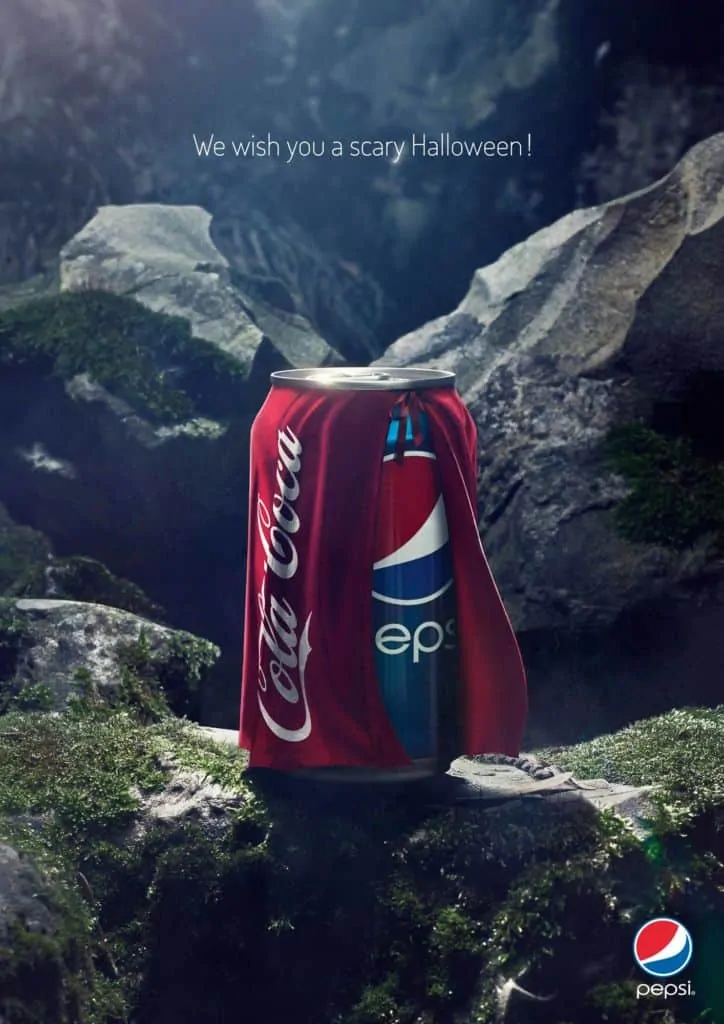
Wendy’s vs McDonald’s
These two are some of the biggest fast-food chains across the USA. Wendy’s has a reputation for calling out its competitors on Twitter.
Wendy’s is known to use fresh beef for making burgers, unlike McDonald’s, which uses frozen beef. It led to Wendy’s leaving no chance to make fun of its rival. It took out a meme to mock the Big Mac openly with reference to the movie – Avengers: Infinity war.

Pros Of Comparative Advertising
Comparative advertising is more effective in the case of new entrants in the market. They might have a strong competitor who owns a significant market share. Using comparative ads will help generate awareness of the presence of a new brand in the market.
- Increases awareness: If a new entrant in the market compares its offerings with that of a bigger brand, it attracts the attention of a larger audience. It helps in gaining exposure by standing up to a rival.
- Educates customers: Most customers don’t bother to research before buying and stick to the usual brand, and many products get overlooked. Comparative ads demonstrate specific features of products that outperform others, so customers consider all factors before buying a product.
- Focuses on specific products: Brands emphasise their particular products by throwing light on their features, making them better than competitors. Customers assess products through a direct point of comparison and make their decision rationally.
- Attracts new customers: When a large audience sees a brand standing up to its competitor, it is bound to attract people. Brands generally issue ads during the time of the Super Bowl which has a large viewership number.
Cons Of Comparative Advertising
Since comparative advertising involves a direct or indirect comparison between brands, they need to make sure that they can back up their claims and prove their superiority. These ads should not focus merely on criticizing other players.
- Legal action: Usually, there are laws present to regulate comparative ads like those laid down by the Federal Trade Commission (FTC). If a brand fails to abide by them, it might be served with lawsuits and legal requirements which can significantly damage its image.
- Loss of reputation: If one brand compares itself with a smaller one, it will be regarded as a bully. Often, pitting brands against each other just to disparage the others is frowned upon by the audience. Mocking should be light-hearted, but if it goes too far, it may negatively affect the target audience.
- Lose customers: As mentioned above, if the brand becomes untrustworthy or engages in undermining the competitors, they hurt their brand image and lose customers.
- Confusion on brand name: If the ad names several brands for comparison, the customers might get confused as to which one offers their preferred features and is the best alternative for their needs.
Best Practices for Comparative Advertising
The ads can’t be forced to go viral and sway customers in choosing the mentioned product. But companies adopt certain practices which help in designing the ad and avoiding any negative impacts.
- Should not undermine other brands: As this strategy involves a direct comparison between products of different brands, one should not mislead the buyers by undermining the rivals. The Federal Trade Commission (FTC) keeps a check and allows the companies to advertise within limits. It does not permit companies to gain an edge over their competitors by disparaging them or using any deceptive means to influence customers to choose their product.
- Light-hearted: Comparative ads are often shown in a negative light by mocking the other brands. But, the company needs to ensure that they are light-hearted and fun. Humor appeals more to the audience and leaves a long-lasting impression. Samsung has been known to mock Apple through its ads for years. They highlight that their devices, if not superior, are just as good as iPhones.
- Back-up the claims: Ads are more effective if they provide evidence to back their claims. This may include blind taste or touch results, scientific studies, and results or lists of components. Dove ads show customers to use their product along with one other blindfolded and assess the results on their own.
- Avoid smaller brands: Small brands can compare themselves with the larger ones, but it is not advisable vice versa. The bigger company will be regarded as a bully, and the smaller one has an easy way into the market. However, if a small company pokes a large one, it will be presented as standing up to its rivals. A fast-food joint may challenge the biggest competitors like McDonald’s, but it won’t happen the other way.
Go On, Tell Us What You Think!
Did we miss something? Come on! Tell us what you think about our article on comparative advertising in the comments section.
A startup enthusiast, optimist and full time learner. With keen interest in finance and management, Khushi believes communication to be the key to every management. Always ready to explore more and walking that extra mile in putting efforts.

